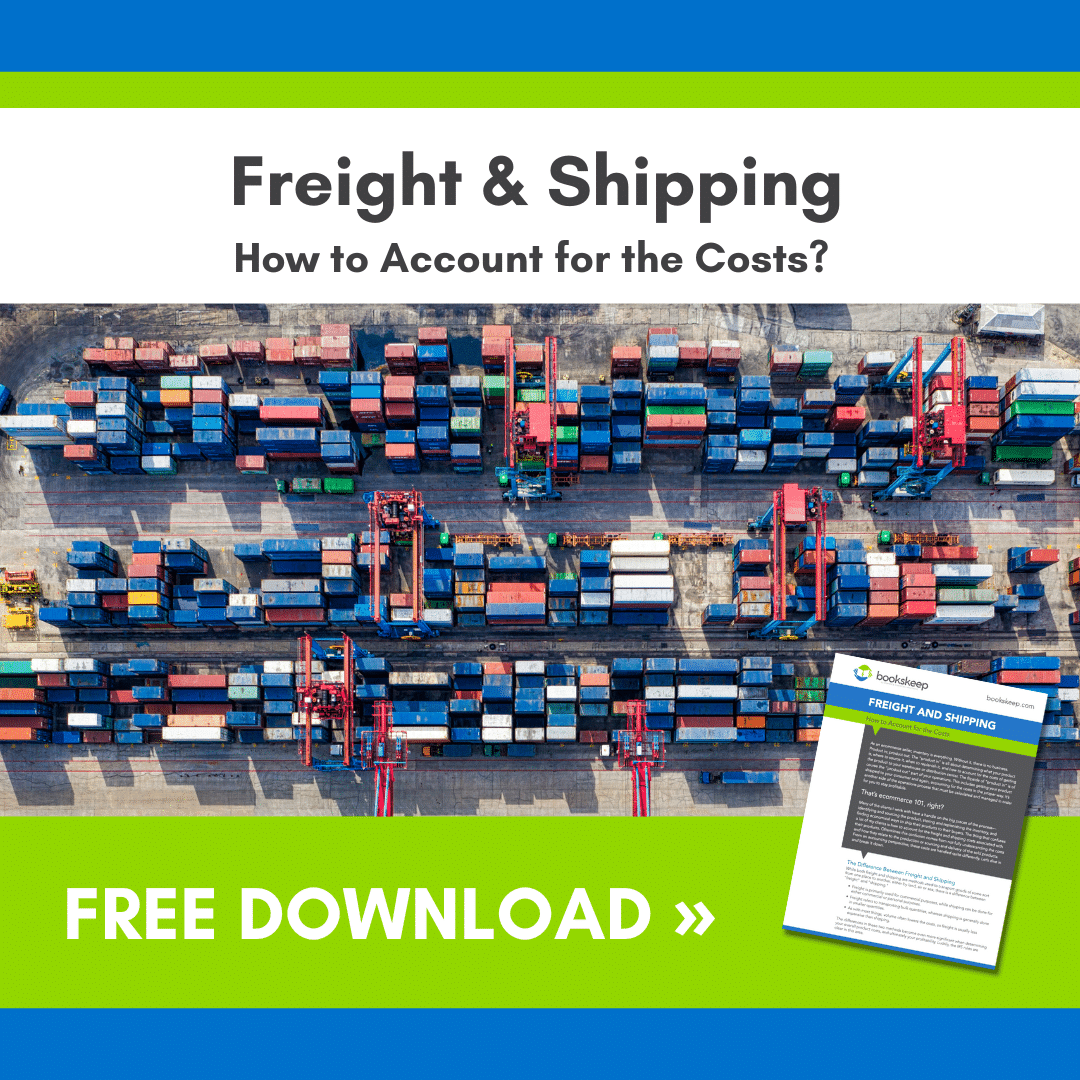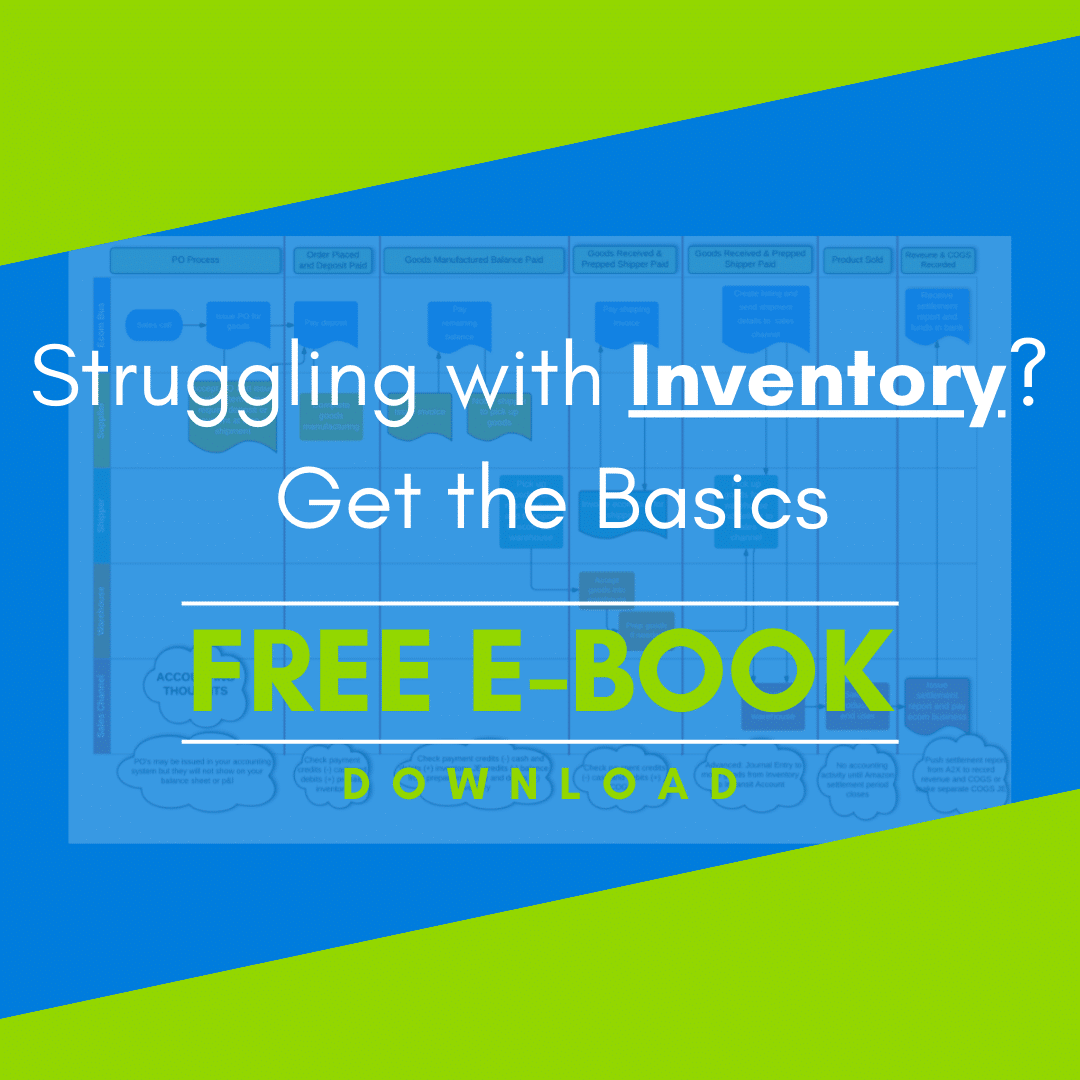Most Amazon sellers start as small hobby businesses and often prefer the cash method of accounting. It’s simple and similar to managing personal finances, where sales are considered income, and expenses are recorded when payments are made. Cash flow is easily understood with this approach. Small businesses can use the cash method until their annual revenue reaches $10 Million, unless they deal with inventory. Other stipulations may apply, so see: https://www.irs.gov/publications/p334/ch02.html and always consult a tax professional.
Since Amazon businesses have inventory, many automatically set up to use an accrual accounting methodology. This is a more complicated method as it requires the business to record its revenues when the sale occurs, not when the cash is received. This requires a two-step entry into the books:
-
At the time of the sale, there is an entry to show the revenue on the Profit and Loss and the amount owed as a receivable on the Balance Sheet.
-
At the time the payment for the good (cash) is received, there is an entry to record the cash and deduct the amount of the receivable.
A similar set of steps is required for expenses using an Accounts Payable account on the Balance Sheet.
For many Amazon Sellers, cash transactions occur over a short time span, making the accrual method unnecessary for understanding financial standing. It adds complexity and time to accounting tasks. However, for longer-term impact analysis of inventory, the accrual method can be useful.
A practical approach is to use the modified cash method. Short-term income and expenses are managed using the cash method, while inventory purchases are treated as accrual transactions. Inventory is recorded as an asset upon purchase, and at month-end, a Journal Entry is made to adjust Inventory and Cost of Goods Sold. This updates the Profit and Loss report and Balance Sheet accordingly. InventoryLab provides an easy way to pull the ending inventory report.
Using this method, you can see how profitable you were on the sales you made during the month without significantly increasing your accounting tasks. As with any change that may affect your tax status, consult with your accounting professional to determine if this methodology is a good solution for your business.




Leave a Comment